Longer, illustrated accounts of Sable Island experiences—including those of children who lived on the island with their family while a parent worked for one of the government agencies operating on the island, and those of individuals who worked with the met service or were engaged in research programs.
Families on Sable Island
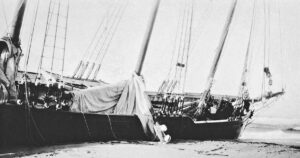
Elsie’s Story, a Child’s Life on Sable Island in the Early 1900s
In 1916, Walter Blank, his wife Blanche, and their five children moved to Sable Island where Walter joined the staff of the Sable Island Humane Establishment. Elsie was then two years old. The family lived on the island for about 14 years, and Elsie’s memories of life on Sable.
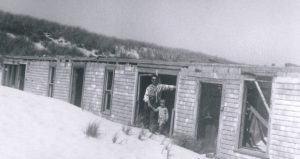
Sid Forward and Family on Sable Island, 1961-1963
In the early 1960s my father, Sid Forward, was employed as an electrician on Sable Island. He was responsible for maintaining the lights and diesel power station. I celebrated my 4th birthday on the island. Sable was a wonderful adventure for a child. We lived in a huge sandbox with dunes to roll down and horses to ride. We were surrounded by amazing wildlife and even got to “check out” the occasional helicopter or airplane.
Meteorological Service of Canada
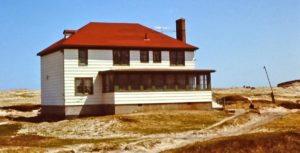
David Millar, 1967-1969
In May 1967, David Millar, fresh out of training in Toronto and Ottawa, arrived at his first posting, Sable Island. Outside of work at the weather station, David took an interest in the island’s environment and spent a lot of time walking and exploring, and developed two hobbies which he still enjoys – bird watching and photography. During his two summers, David occasionally assisted Dalhousie University’s Ian McLaren and his students in their studies of the Ipswich Sparrow.
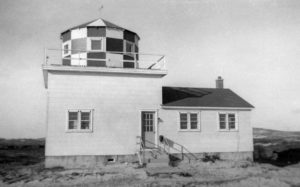
Merlin MacAulay 1955-1956
In May 1955, after completing the 16-week course at the Upper Air Training School in Toronto, and then serving a few months in Sept-Îles, Quebec, Merlin MacAulay travelled to Sable Island on the government ship Lady Laurier to work as an upper air technician for the MSC. During Merlin’s stay, Fred Davis and a National Film Board of Canada crew visited to made a short documentary about Sable Island.
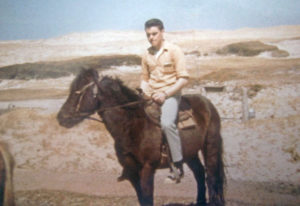
Full Circle, a Year as a Met Tech on Sable Island, 1963-1964
In December 1963, Gordon LeBlanc began a one-year posting on Sable Island as a meteorological technician with MSC’s aerology program. The work was largely routine, with twice-daily launches of the upper air balloon and making detailed observations and measurements around the clock. On work days, there was little time to explore the island, so on a day off, station personnel might pack a sandwich and go for a long walk, or in the spring and summer ride their dependable horses, Rawin and Trigger.
Researchers
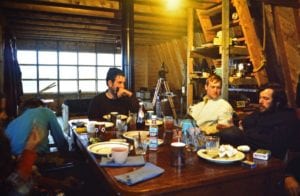
The Beginning of a Memorable Partnership – Bob Dykes, 2017
In 1971, Bob Dykes flew to Sable Island to meet Henry James and his research team conducting behavioural studies of the island’s Harbour Seal population. Bob worked with the crew as they collected data on seals who were crossing the wide and featureless Sandy Plain, and spent lively evenings in the Aframe (a field camp constructed by the James Gang) discussing data and theories of animal navigation.

